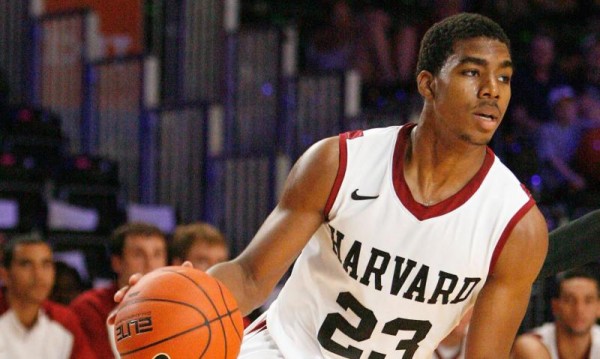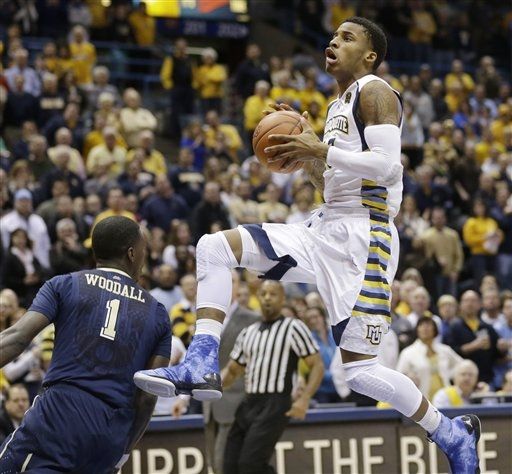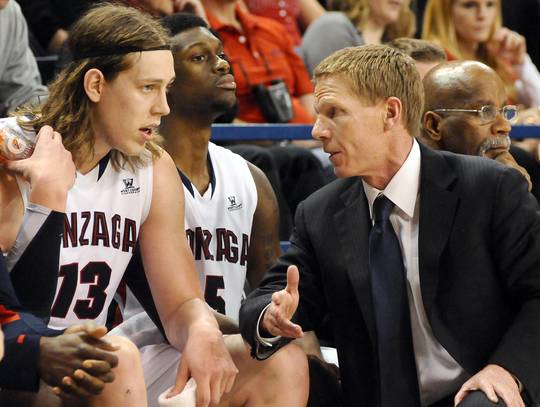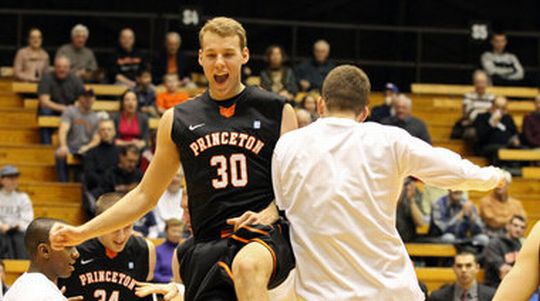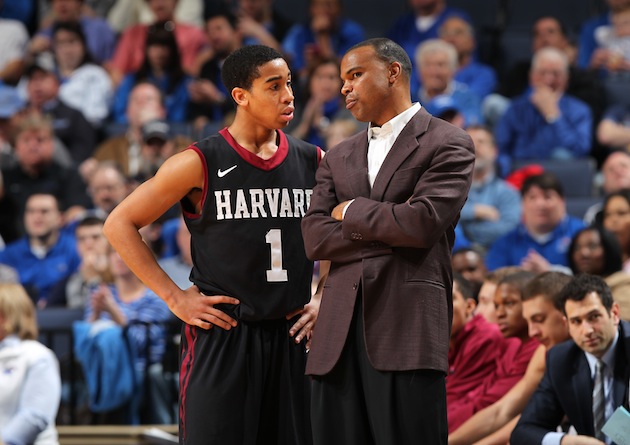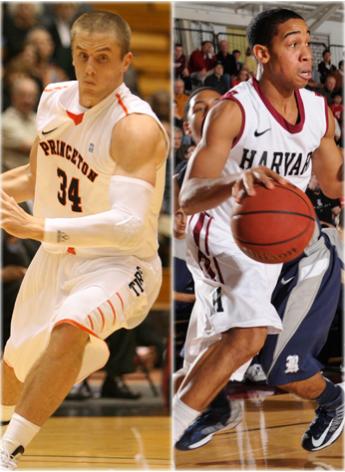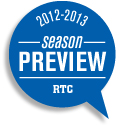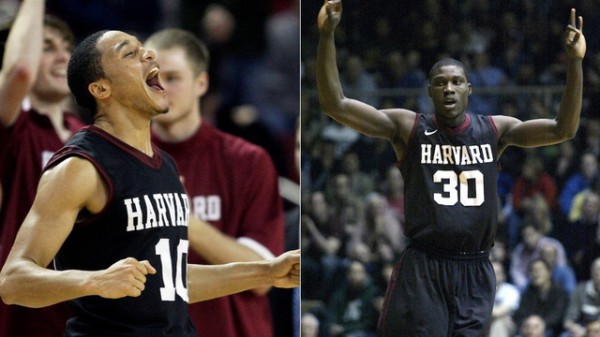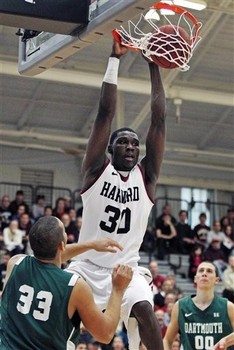CIO… the Ivy League
Posted by Brian Goodman on March 1st, 2013Michael James is the RTC correspondent for the Ivy League. You can also find his musings on Twitter at @mrjames2006 and @ivybball.
Looking Back
- Players of the Year – After once again earning Ivy Player of the Week honors on Monday, Princeton senior forward Ian Hummer officially set a single-season record with six such accolades. For the third time, the title was shared with Harvard sophomore swingman Wesley Saunders, who himself has been awarded Player of the Week honors on five occasions this season. The weekly awards don’t always capture the most important performance from the previous seven days, but they’ve done a good job highlighting the two players between which coaches will be torn for Player of the Year honors at the end of the season. Hummer and Saunders are dead even in offensive rating, each contributing 110 points per 100 possessions on the offensive end, though Hummer does have the edge in usage rate, consuming just over 30 percent, while Saunders checks in at 25 percent. Both players are charged with some heavy defensive responsibilities as well, often drawing the opponent’s toughest assignment. The edge will likely go to the senior Hummer, but each should be a unanimous First-Team All-Ivy selection.
- Postseason Berths – Cornell’s disappointing weekend getting swept by Pennsylvania and Princeton officially knocked the Big Red out of the Ivy title race, leaving the Tigers and Crimson as the only teams vying for the title. Both Harvard and Princeton will be in a postseason tournament of some sort – the winner to the NCAAs and the runner-up likely to the CBI or CIT. The postseason possibilities don’t end there for the Ivy League, though. Cornell currently sits at 13-14 and would need to go 3-1 in its final four games to eclipse the .500 threshold necessary for tournament consideration. Its position outside of the Top 200 in both Pomeroy and the RPI might seem to be a disqualifier, but with the CIT expanding to 32 teams and focusing exclusively on mid-majors, the Big Red’s odds of getting selected at 16-15 are still pretty decent. Columbia has a better Pomeroy profile and better top win (at Villanova) than Cornell, but would need to win out to get to .500 in league play. The Lions only need to go 3-1 to finish at .500 overall, but the 6-8 mark in the Ivies might be too much to overcome.
Reader’s Take
Power Rankings
- Harvard (17-7, 9-1 Ivy) – If there was ever a time to have a promising player finally realize his potential, it would be right before the biggest game of the year against your top league rival. Kenyatta Smith provided just that for the Crimson. Having played just 46 minutes combined over Harvard first six Ivy games, Smith got a surprise start against Pennsylvania and responded with 20 points, ten blocks and nine rebounds in 31 minutes. He followed that up with 14 points, seven rebounds and six blocks in just 20 minutes against Princeton. That the 6’8” center provided the interior defensive presence the Crimson desperately needed shouldn’t have come as a surprise, as Smith would be leading the nation in defensive rebounding rate and block rate if he had played the few more minutes per game necessary to qualify. The only thing keeping Smith on the bench now is foul trouble, which limited the big man to just 15 minutes per game in Harvard’s sweep of Brown and Yale last weekend. Read the rest of this entry »





























